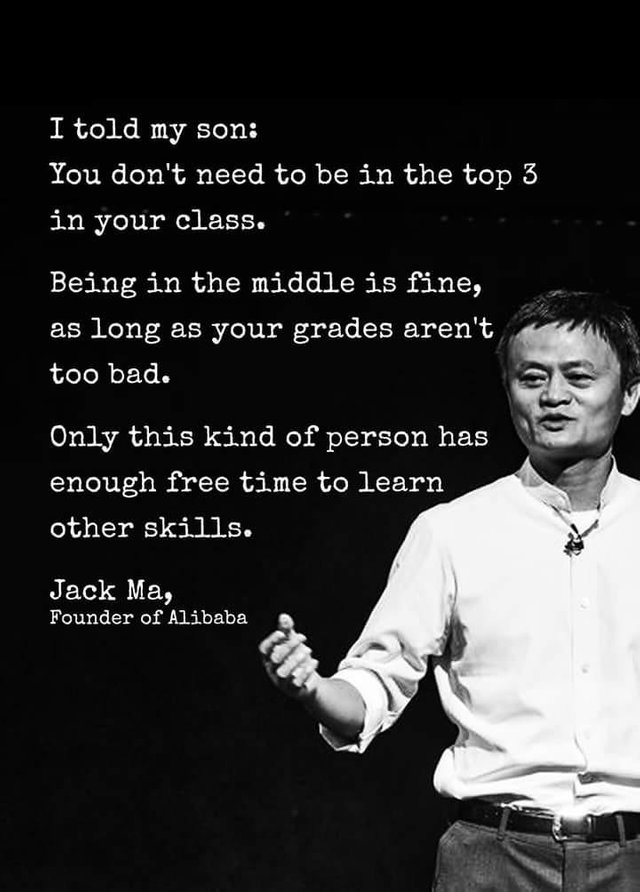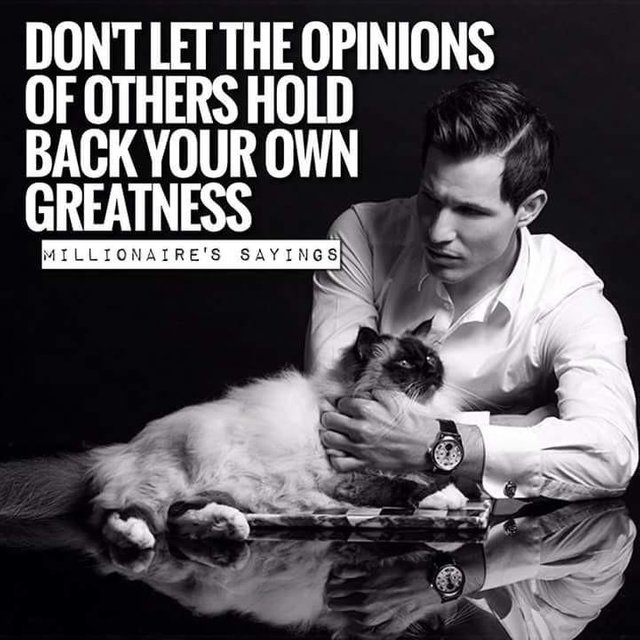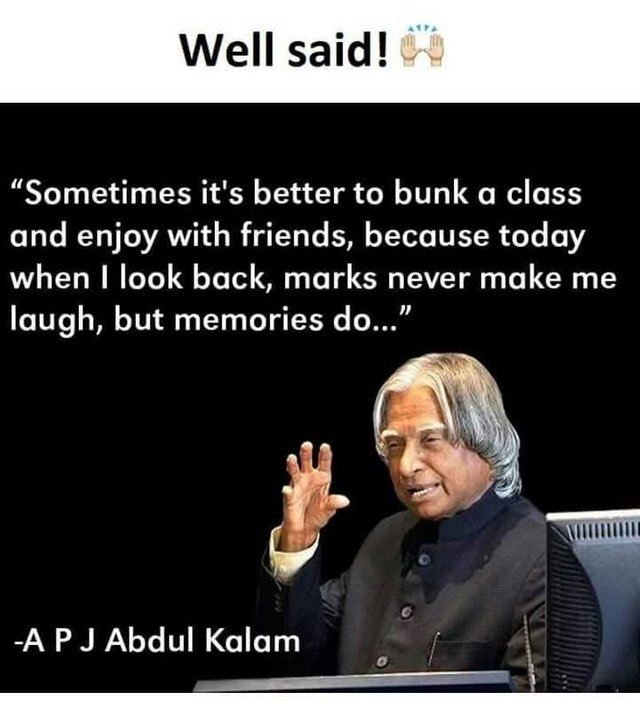
As Walt Whitman gazed down the democratic vistas of culture,
he tried to see beyond the difference between beauty and ugliness,
importance and triviality. It seemed to him servile or snobbish
to make any discriminations of value, except the most generous
ones. Great claims were made for candor by our boldest, most
delirious prophet of cultural revolution. Nobody would fret about
beauty and ugliness, he implied, who was accepting a sufficiently 
large embrace of the real, of the inclusiveness and vitality of actual
American experience. All facts, even mean ones, are incandescent
in Whitman’s America—that ideal space, made real by history,
where “as they emit themselves facts are showered with light.”
The Great American Cultural Revolution heralded in the
preface to the first edition of Leaves of Grass (1855) didn’t break
out, which has disappointed many but surprised none. One great 
poet alone cannot change the moral weather; even when the poet
has millions of Red Guards at his disposal, it is still not easy. Like
every seer of cultural revolution, Whitman thought he discerned
art already being overtaken, and demystified, by reality. “The
United States themselves are essentially the greatest poem.” But
when no cultural revolution occurred, and the greatest of poems
seemed less great in days of Empire than it had under the 
Republic, only other artists took seriously Whitman’s program
of populist transcendence, of the democratic trans-valuation of
beauty and ugliness, importance and triviality. Far from having been themselves demystified by reality, the American
arts—notably photography—now aspired to do the demystifying.
In photography’s early decades, photographs were expected to
be idealized images. This is still the aim of most amateur
photographers, for whom a beautiful photograph is a photograph 
of something beautiful, like a woman, a sunset. In 1915 Edward
Steichen photographed a milk bottle on a tenement fire escape,
an early example of a quite different idea of the beautiful
photograph. And since the 1920s, ambitious professionals, those
whose work gets into museums, have steadily drifted away from
lyrical subjects, conscientiously exploring plain, tawdry, or even
vapid material. In recent decades, photography has succeeded in
somewhat revising, for everybody, the definitions of what is 
beautiful and ugly—along the lines that Whitman had proposed.
If (in Whitman’s words) “each precise object or condition or
combination or process exhibits a beauty,” it becomes superficial
to single out some things as beautiful and others as not. If “all
that a person does or thinks is of consequence,” it becomes
arbitrary to treat some moments in life as important and most as
trivial. 
To photograph is to confer importance. There is probably no
subject that cannot be beautified; moreover, there is no way to
suppress the tendency inherent in all photographs to accord value
to their subjects. But the meaning of value itself can be altered—as
it has been in the contemporary culture of the photographic image
which is a parody of Whitman’s evangel. In the mansions of 
pre-democratic culture, someone who gets photographed is a
celebrity. In the open fields of American experience, as catalogued
with passion by Whitman and as sized up with a shrug by Warhol,
everybody is a celebrity. No moment is more important than any
other moment; no person is more interesting than any other
person. 
Authors get paid when people like you upvote their post.
If you enjoyed what you read here, create your account today and start earning FREE STEEM!
If you enjoyed what you read here, create your account today and start earning FREE STEEM!
nic.bro
Downvoting a post can decrease pending rewards and make it less visible. Common reasons:
Submit
The saying right
Downvoting a post can decrease pending rewards and make it less visible. Common reasons:
Submit